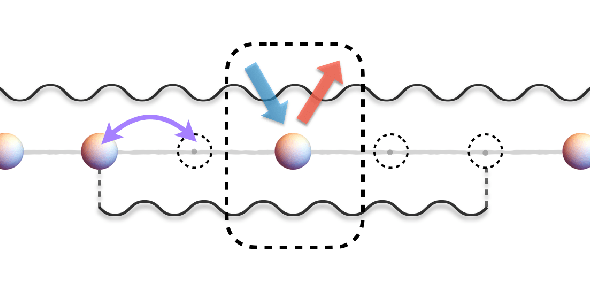Clik here to view.

In response to the COVID-19 pandemic, the UK Government implemented a national 'lockdown' involving school closures and social distancing. There has been widespread concern that these measures would negatively impact child and adolescent mental health. To date, however, there is relatively little direct evidence of this.
The most direct way of measuring the association between the onset of lockdown and children’s mental health is to follow the same individuals over a length of time and look for changes – so-called ‘longitudinal’ changes.
To test whether changes in emotional wellbeing, anxiety and depression symptoms occurred during lockdown since their initial assessment, a team at the Medical Research Council (MRC) Cognition and Brain Sciences Unit, University of Cambridge, examined data from mental health assessments on 168 children (aged 8-12 years) before and during the UK lockdown. These assessments included self-reports, caregiver-reports, and teacher-reports.
The results of their study are published today in Archives of Disease in Childhood.
Relative to their own pre-pandemic scores, children tended to show more symptoms of depression during lockdown. Even though these symptoms are variable across children, the impact of lockdown can still be seen because the effect size is large. The researchers used the variability in scores to estimate how big an increase this is.
“To give an indication of how large this effect is, imagine ranking the children into 100 ‘centiles’ depending on their scores,” explained Dr Duncan Astle from the MRC Cognition and Brain Sciences Unit and senior author of the study. “A child in the 50th centile would be exactly at the middle of the distribution. But a child at this position before the pandemic, could expect to be at the equivalent of the 77th centile during the lockdown.
“Put differently, if you randomly selected a child from the sample there is a 70% chance that their depression symptoms were worse during lockdown than before the pandemic.”
“National lockdowns with mass school closures are unprecedented, so going into this crisis, no one could say definitively what impact it would have on children,” said Giacomo Bignardi, a PhD student at the MRC Cognition and Brain Sciences Unit.
“Our study is one of the first to follow the same children over time during lockdown and suggests that symptoms of depression among children got much worse during this period. This effect was independent of children’s age, gender and family socio-economic status.”
The team found only very small and not statistically significant changes in children’s scores for emotional problems and anxiety during lockdown.
Dr Astle added: “Childhood is a period where mental health may be particularly vulnerable to reduced peer interaction and loneliness. Now that children have returned to school, their wellbeing, socialisation and enjoyment are crucial. Teachers may need additional resources and training to help them support children with low mood.
“Even before lockdown resources for Child and Adolescent Mental Health Services were stretched thin – and that was against a backdrop of worsening mental health among children. Our findings suggest that lockdown measures will likely exacerbate this. The education sector will bear the initial brunt of this.”
The researchers say that how the lockdown measures impact children’s mental health may depend on a variety of factors. A recent study found that loneliness in children was associated with subsequent mental health problems, particularly depression. Also, during lockdown children had fewer opportunities to engage in play and other fun activities that help improve mood.
The research was supported by the Templeton World Charity Foundation and the Medical Research Council.
Reference
Bignardi, G et al. Longitudinal increases in childhood depression symptoms during the COVID-19 lockdown. Archives of Disease in Childhood; 9 Dec 2020; DOI: 10.1136/archdischild-2020-320372
The first lockdown led to a significant increase in symptoms of depression among children, highlighting the unintended consequences of school closures, according to a new study from the University of Cambridge.
Image may be NSFW.
Clik here to view.
The text in this work is licensed under a Creative Commons Attribution 4.0 International License. Images, including our videos, are Copyright ©University of Cambridge and licensors/contributors as identified. All rights reserved. We make our image and video content available in a number of ways – as here, on our main website under its Terms and conditions, and on a range of channels including social media that permit your use and sharing of our content under their respective Terms.

















